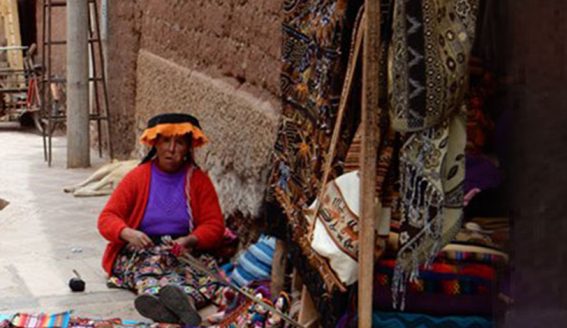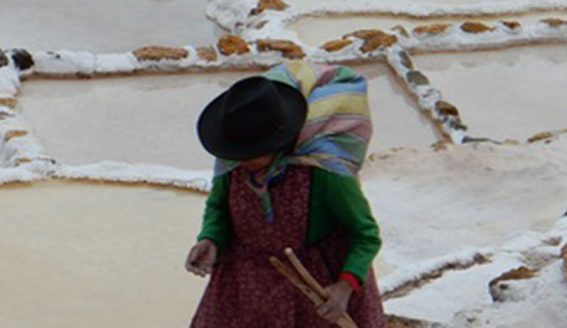The Amazon – Manu Biosphere Reserve
Manu Biosphere Reserve is said to be the largest tropical rainforest biosphere on earth. It rests at the furthest tip of the upper Amazon River in a remote and largely inaccessible part of Peru. Here the jungle and forests have never been burned or chopped, nor cleared by a human hand. Manu boasts three distinct ecosystems. The Puna: A high altitude area of yellow ichu grass, llamas and lakes. The Cloud Forest: Shrouded in mist, where ferns, bromeliads, wild orchids, monkeys and exotic birds, thrive. The Lowland Rain forest: where caimen, tapir, giant otter, 1000 species of birds, and 13 species of monkeys – live in the jungle and the Amazon river.
When our bus climbed to 11,500 feet, we drove into the fog and mist of the Cloud Forest. The road – no more than a muddy track, with a sheer drop off on one side and thick tropical foliage on the other – was disintegrating before my eyes, as I watched bits of it break off and tumble a half mile down into the jungle below. On Stan’s side of the bus, he could touch the giant ferns and elephant ear plants. Each oncoming vehicle created hair raising maneuvers.
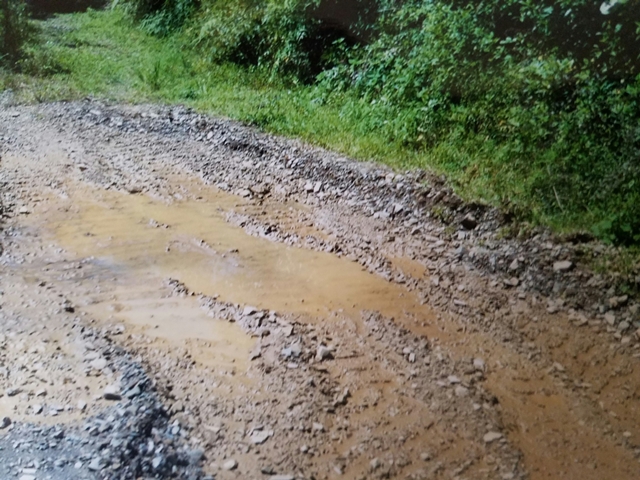
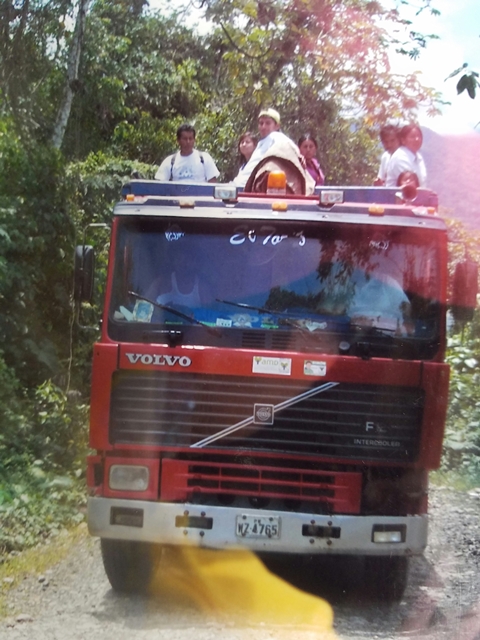
We spent the night at the Cock of The Rock Lodge – in comfortable beds piled high with blankets. By 5:30 a.m. the next day, we were on a wooden platform camouflaged by the jungle with a perfect view of the rare and exquisite red, Cock of the Rock bird. Beginners luck!
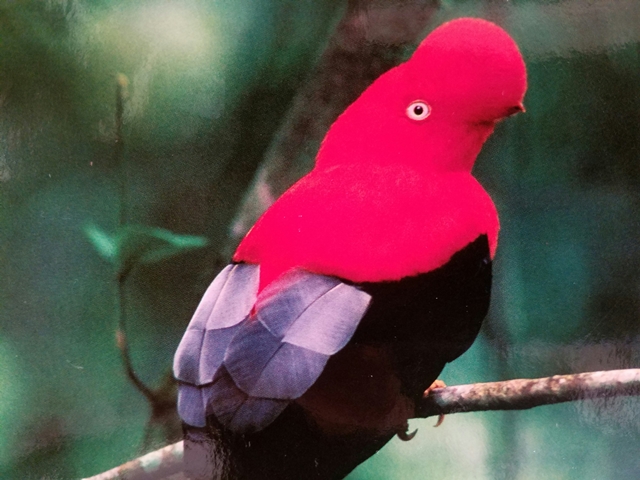
For the next four days we traveled along the Amazon River (in the boat pictured here), stopping in the late afternoons at tiny lodges, where we spent the night in accommodations built on stilts with the sides either covered in fine mesh, or completely open to the jungle. At night we slept like babies – lulled to sleep by the sounds of the jungle and inhaling the fresh, fragrant air.
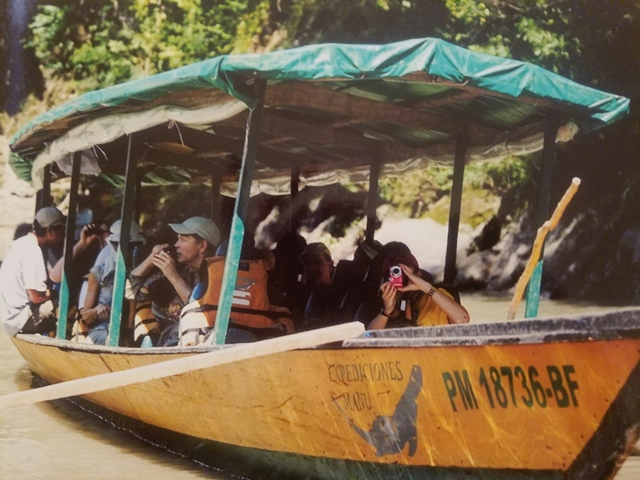
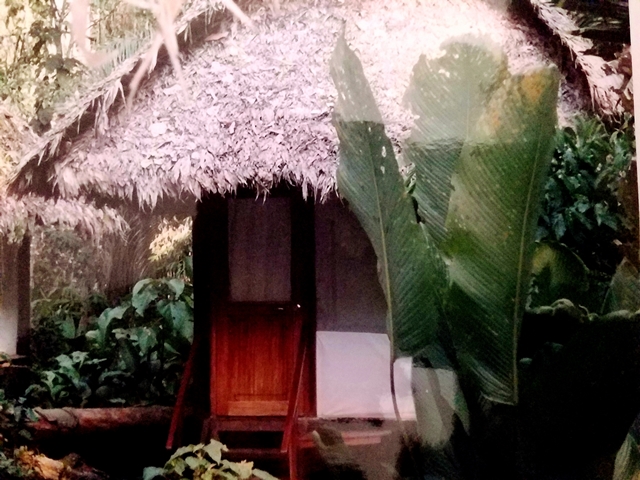
The Amazon presents constant contrasts. It can be sweet and fresh in the early mornings and hot, steamy and muggy several hours later. The river can be as calm as a lake one moment and around a bend one may encounter rapids that require experience and skill to navigate. A rain can instantly transform its smooth surface into choppy waves that set the massive uprooted tree trunks on a dangerous journey, carried by the fast moving current.
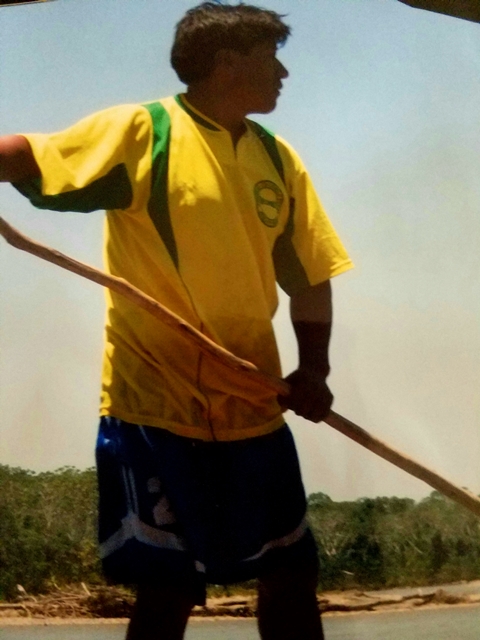
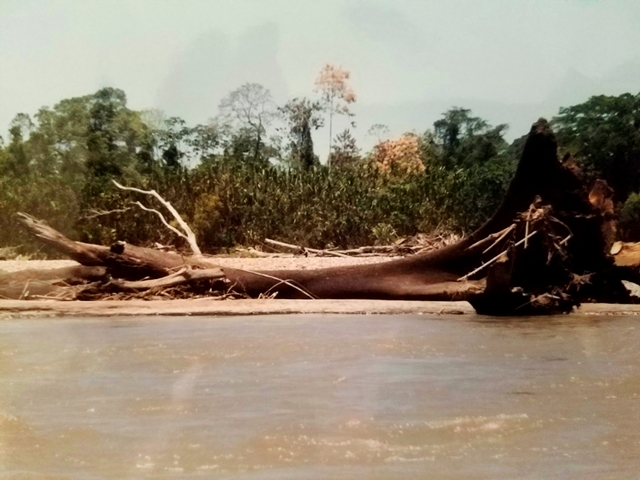
The forest is bold, dense and daunting. Trees are massive, vines wrap themselves around other plants, and long roots hang from the forest canopy to the ground. Its music is an ever changing symphony of sounds; from singing birds to squawking macaws, to the rattling of cicadas and the roar of howler monkeys that booms through the forest sounding as though King Kong were on the march.
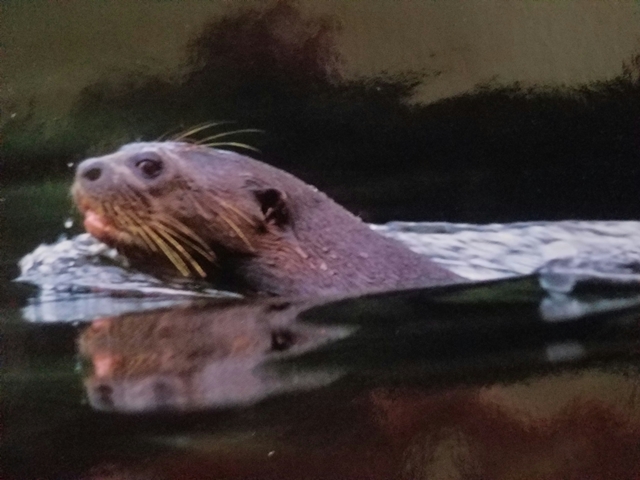
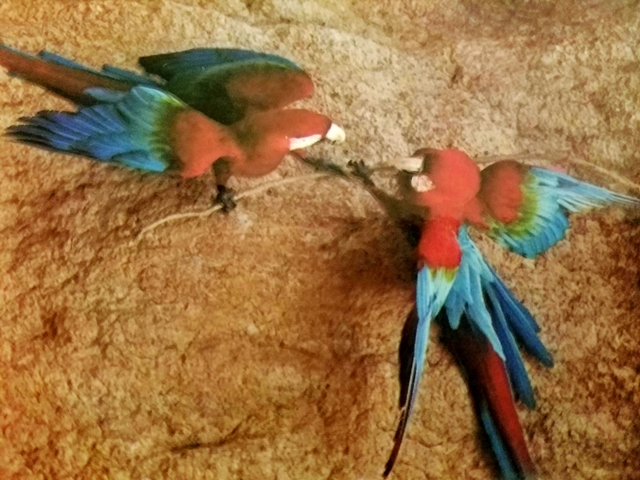
The Amazon is strong, intimidating and fragile. In Colorado – a tough little town where people come to mine for gold – we saw it burnt, chopped, polluted and denuded. It looked to me like a beautiful animal, maimed and left to die.
Oh how needy and greedy humankind can be.
